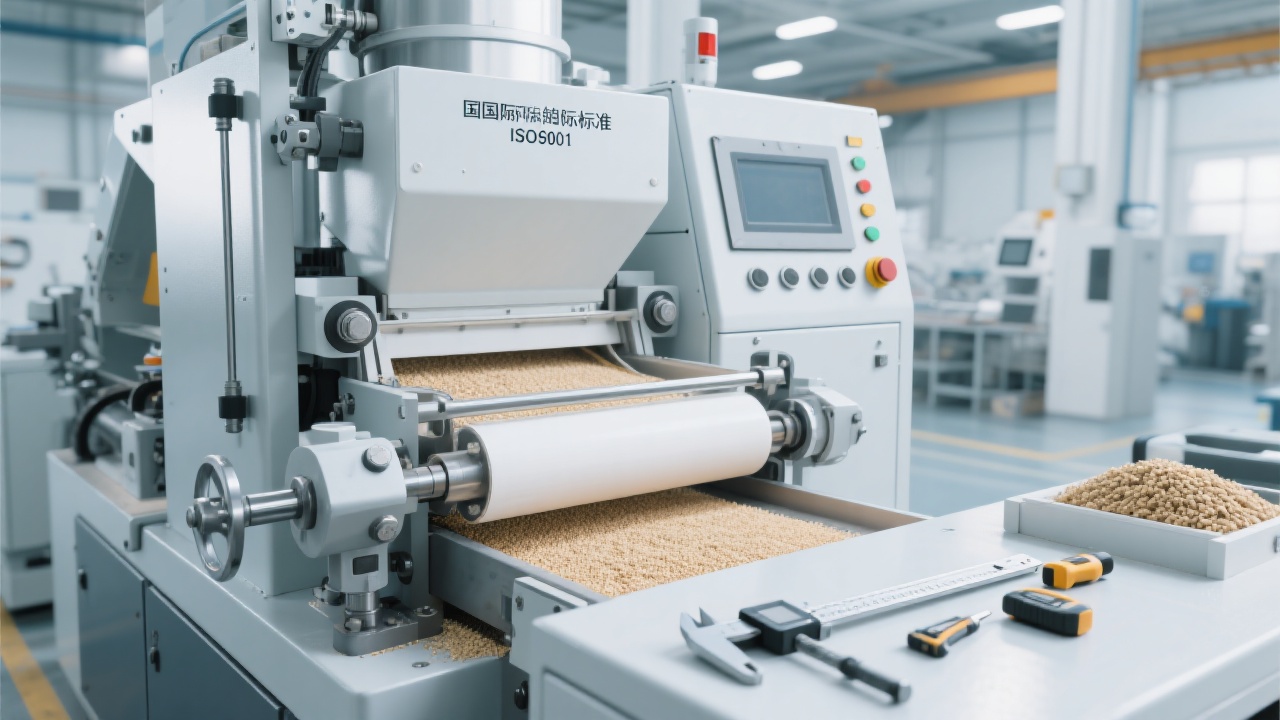
In today’s competitive global food market, quality consistency and food safety are no longer optional—they’re non-negotiables. For manufacturers aiming to meet international standards like ISO 22000 or HACCP, the shift from open to fully closed sesame oil production systems isn’t just an upgrade—it’s a strategic necessity.
At the heart of modern automated sesame oil lines lies precise control technology. According to industry benchmarks, fully closed systems reduce process variability by up to 40% compared to traditional batch methods—resulting in consistent viscosity, aroma, and nutrient retention across batches.
| Process Stage | Traditional Open System | Fully Closed System |
|---|---|---|
| Cleaning & Drying | Manual handling → Contamination risk | Automated sealed cleaning → 99.8% microbial reduction |
| Pressing & Filtration | Exposure to air → Oxidation loss | Nitrogen-purged environment → Vitamin E retention ↑ 25% |
| Filling | Open filling → Microbial ingress | Robotic vacuum-sealed filling → Zero contamination risk |
This level of precision doesn’t just improve product quality—it also boosts operational efficiency. A typical plant using a closed system can achieve 30% higher throughput per shift while reducing energy consumption by up to 18%, thanks to integrated heat recovery units and optimized motor controls.
“We saw our export rejection rate drop from 7% to less than 1% within six months after switching to a fully enclosed system.” — FoodTech Solutions, UAE
Common challenges such as inconsistent flavor profiles, oxidation during storage, and microbial contamination have been systematically addressed through closed-loop design. The key? Eliminating exposure points—from raw material intake to final packaging.

For OEMs and private label brands targeting premium markets in Europe, North America, and the Middle East, this means faster compliance with stringent import regulations—and stronger brand trust at point-of-sale.
Whether you're scaling up or upgrading your existing facility, integrating a fully closed sesame oil system is one of the most impactful investments you can make—not only for performance but for long-term competitiveness.

